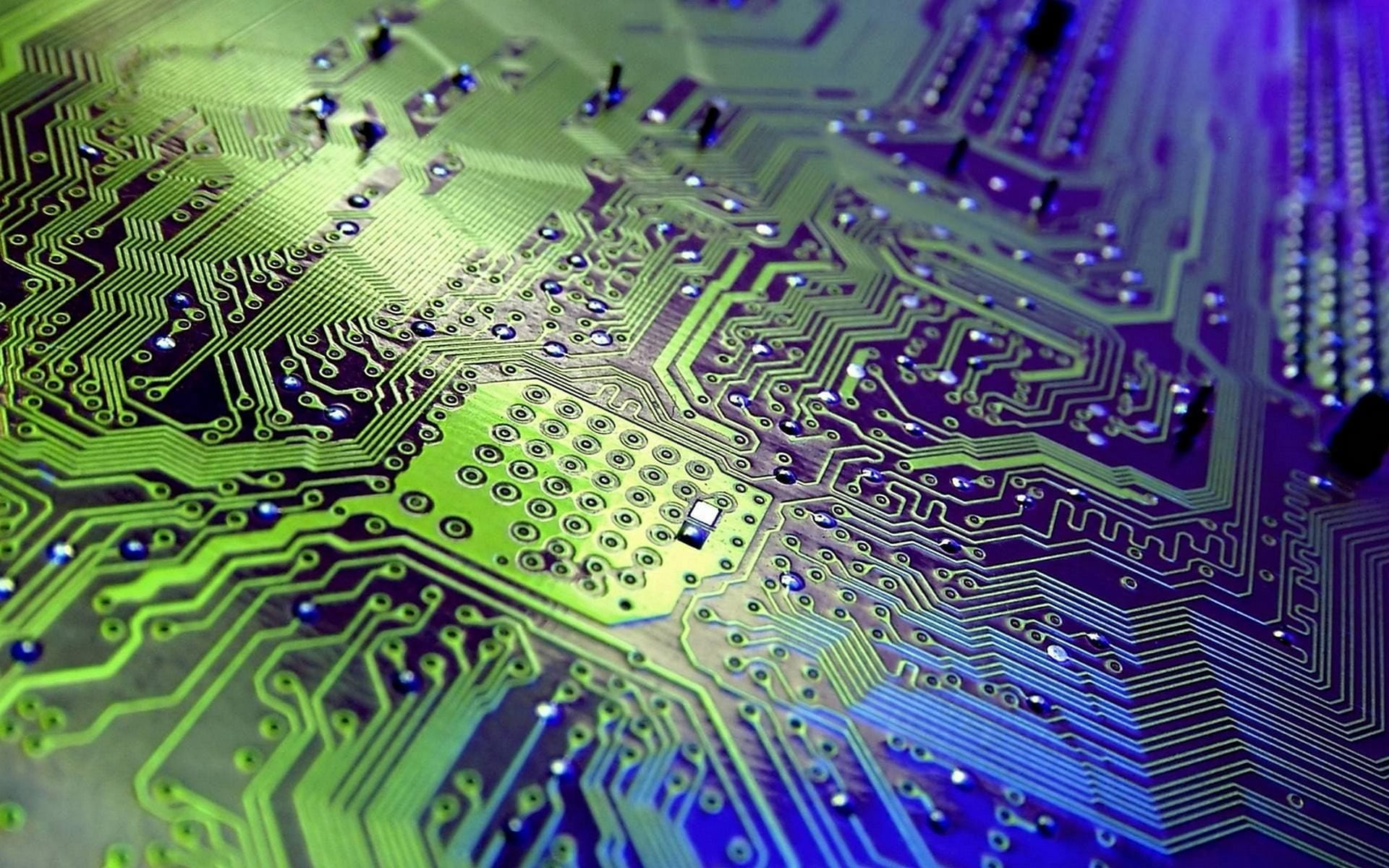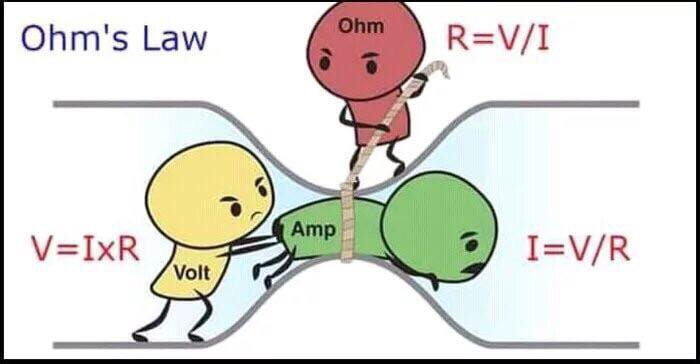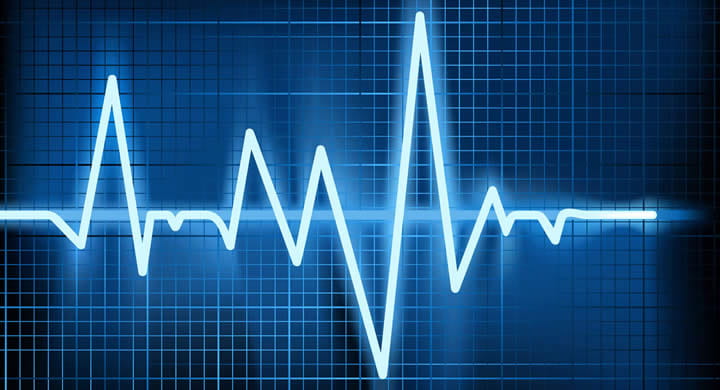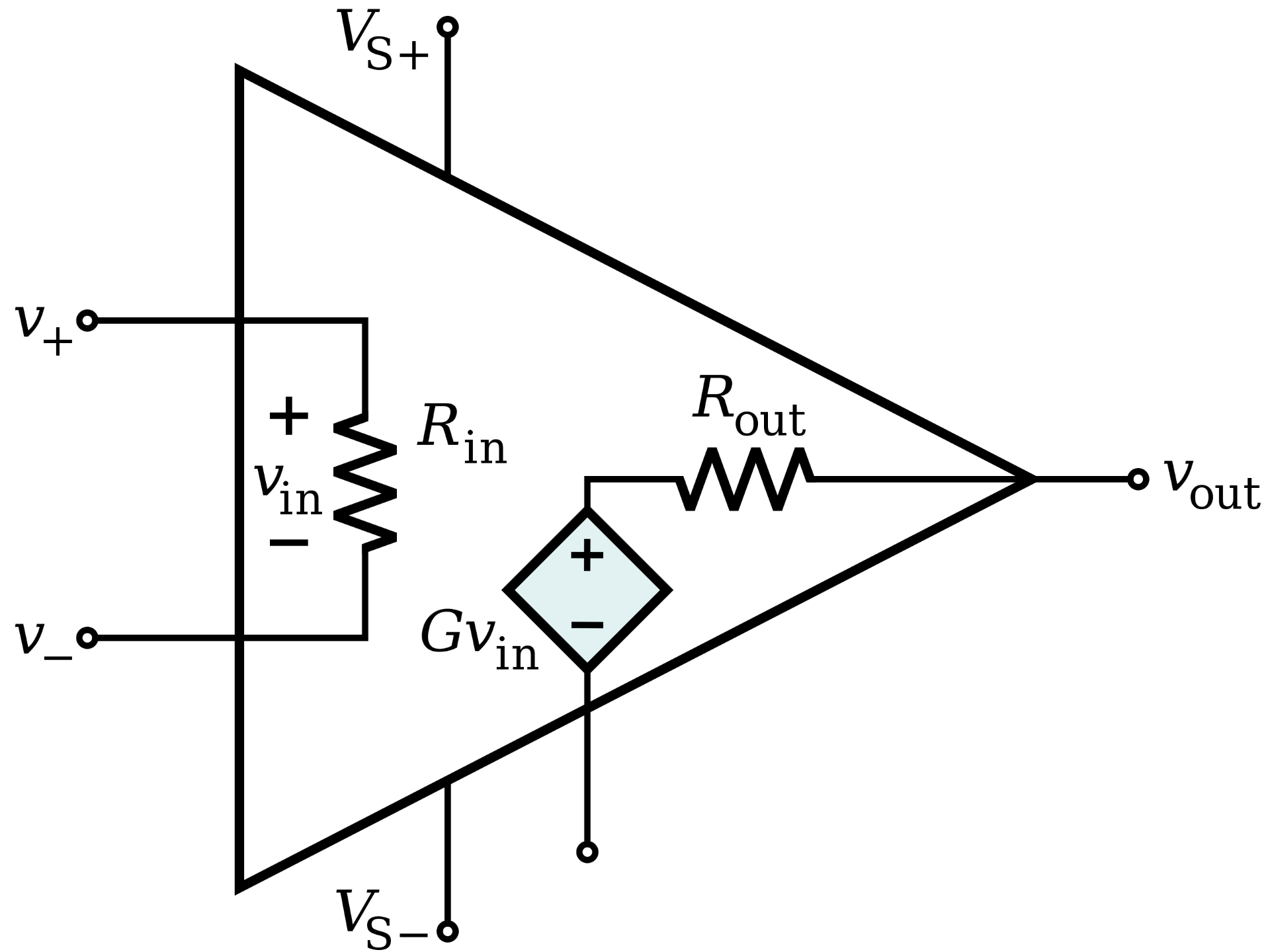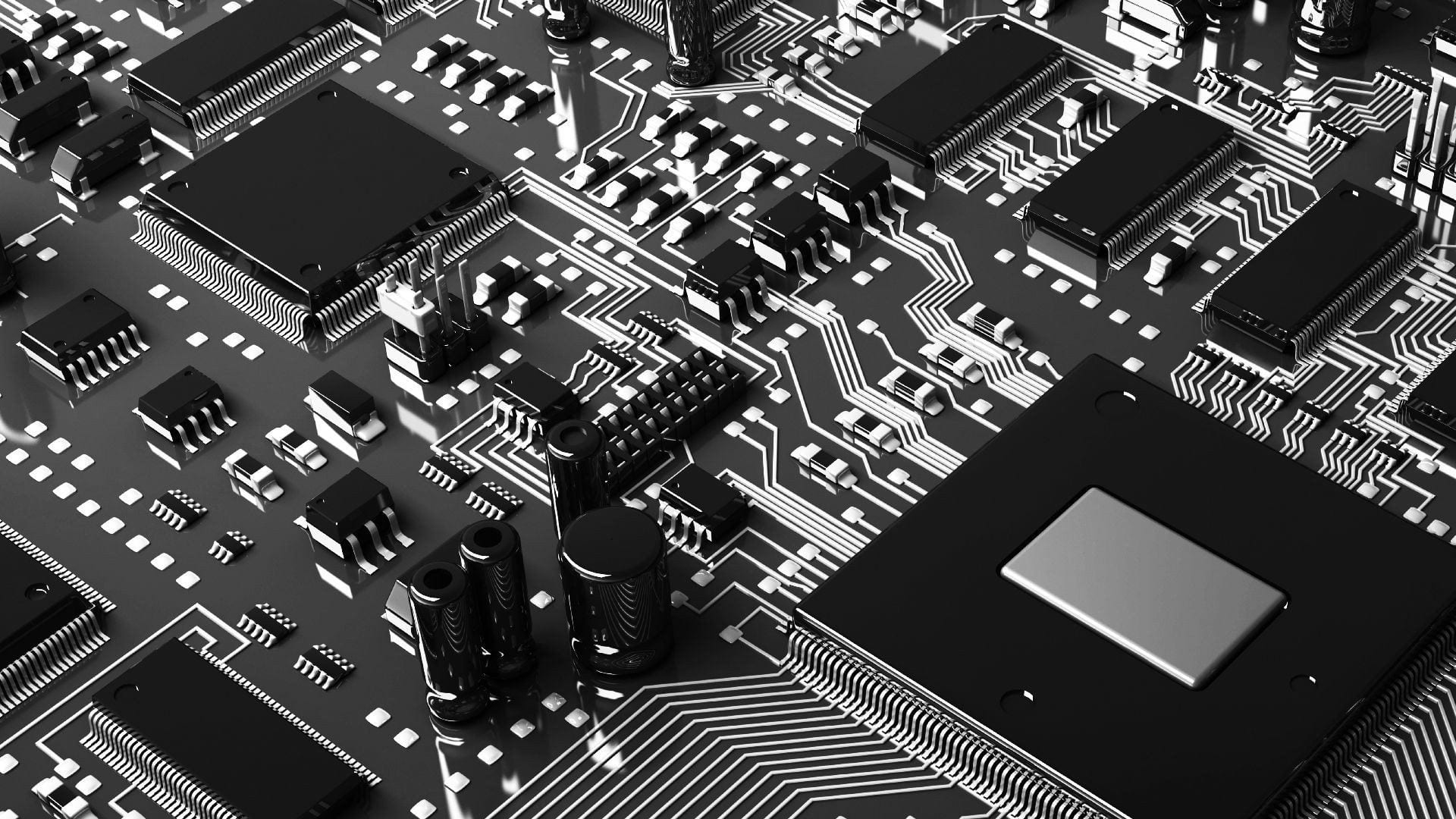ECE 2100 Contents
Syllabus and Course Details
Lecture Notes
Homework and Labs
Note: Exams are not available for this course.
Course Description
This course is an introduction to electronic circuits. We start with the basic quantities used to characterize circuit operation (like current, voltage, and power) and then enforce several physical laws to form the basis of our approach to circuit analysis. Networks comprising passive circuit elements such as resistors, inductors, and capacitors will be examined under constant dc, transient, and sinusoidal steady-state conditions. Active components including transistors and Op-Amps will be introduced and used to build simple amplifiers and switching power converters. Many of these ideas will be unified mathematically through the use of Laplace transforms and associated transfer functions. In the lab part of the course, we will learn how to use modern instruments to test circuits, and explore the concepts from lecture applied to real circuits. Finally, we will develop some simple modeling software in MATLAB to numerically predict the results from analysis and experiment.
Instructor(s)
- Prof. Khurram Afridi, Office: 420 Phillips Hall, Email: afridi@cornell.edu
- Prof. Clifford Pollock, Office: 418 Phillips Hall, Email: crp10@cornell.edu
Course Level
Undergraduate
As Offered In
Spring 2019
Required Text(s)
Nilsson and Riedel, Electric Circuits, 10th Edition.
Course Structure
The course consists of:
- Homework: 6 assignments per semester
- Exams: 2 preliminary exams during the semester; one final exam
- Labs: 6 labs during the semester, 6 prelab assignments, 6 lab reports (one for each lab)
Details List of Topics Covered
- Electrical quantities and units (V, I, P), component I-V relationships, Resistors (Ohm’s law)
- Circuit laws (Kirchhoff’s)
- Series and parallel combinations, voltage and current dividers
- Node and mesh analysis
- Linearity and superposition, Thevenin and Norton equivalents
- Nonlinear circuits (diodes, LEDs, photodiodes, photovoltaics)
- Dependent sources
- Transistors, amplifiers
- Capacitors and inductors
- First order (RC and RL) circuits, natural response, driven response (step, impulse)
- Second order (LC and RLC) circuits, natural response, under/over/critically damped RLC circuits
- Sinusoidal steady state in RLC circuits, phasor analysis
- Complex impedance, impedance method
- Frequency domain representations (Bode plots)
- Combined transient and sinusoidal steady-state
- Op-amps, Op-amp circuits, real op-amp models
- Laplace transform
- Transfer functions, poles, zeros
- Impulse response, convolution
- Filters
- Power in ac systems (complex power)
- Mutual inductance and transformers
